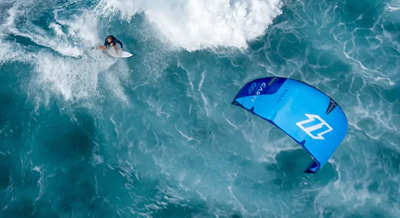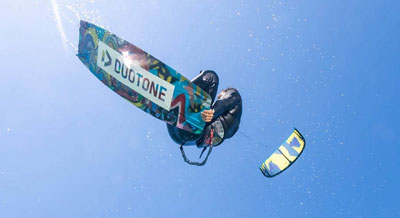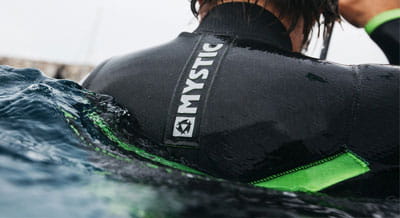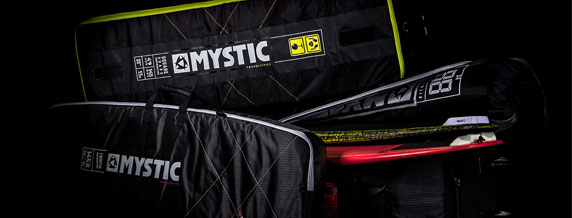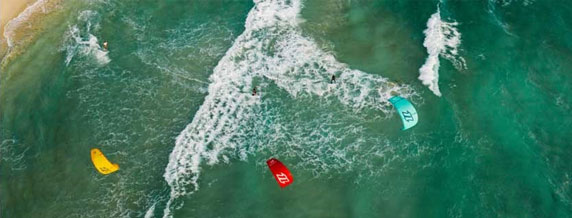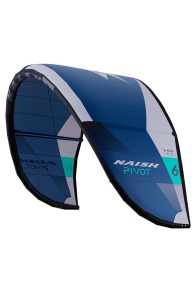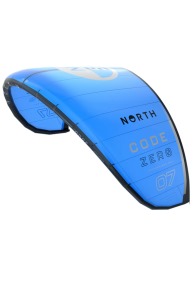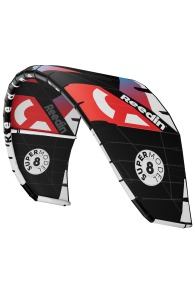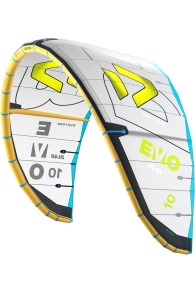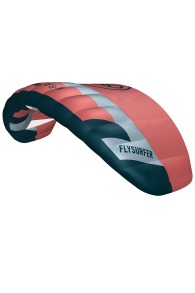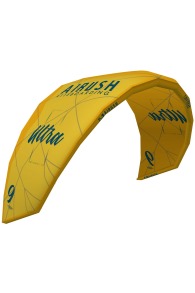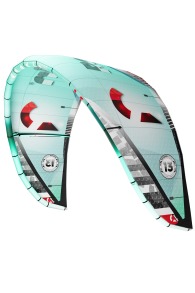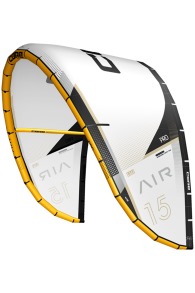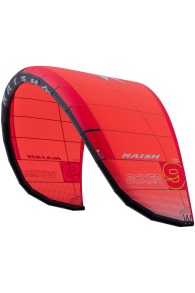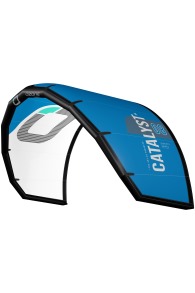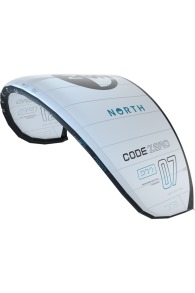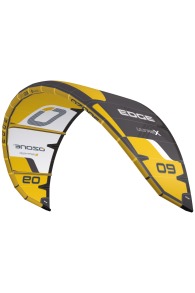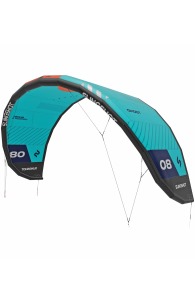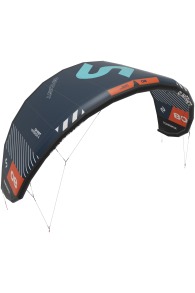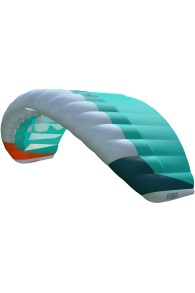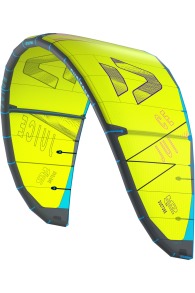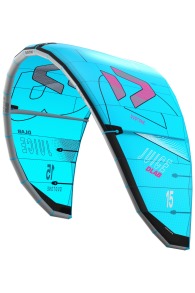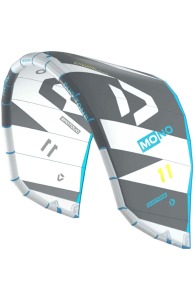Kite - Lightwind
Welcome to our range of Light Wind Kites at our Kitemana online shop! Some kiters say "little wind = no wind," but they probably haven't tried any of the modern lightweight, high-quality, versatile, and fun light wind kites that we have in stock at Kitemana! Whether it's Airush, Cabrinha, Core, Duotone, F-One, Naish, North, Ozone, Reedin, or Slingshot - each of these brands has a light wind kite that will get you going even in marginal conditions. Double your sessions with a light wind kite. We have light wind kites optimized for every discipline, such as light wind twin-tip freeride or foiling, and also all-around models. If you need advice, check out the page below or contact us via WhatsApp, email, phone, or come by our kite shop in Noordwijk! Read more »
Kite - Lightwind
Welcome to our range of Light Wind Kites at our Kitemana online shop! Some kiters say "little wind = no wind," but they probably haven't tried any of the modern lightweight, high-quality, versatile, and fun light wind kites that we have in stock at Kitemana! Whether it's Airush, Cabrinha, Core, Duotone, F-One, Naish, North, Ozone, Reedin, or Slingshot - each of these brands has a light wind kite that will get you going even in marginal conditions. Double your sessions with a light wind kite. We have light wind kites optimized for every discipline, such as light wind twin-tip freeride or foiling, and also all-around models. If you need advice, check out the page below or contact us via WhatsApp, email, phone, or come by our kite shop in Noordwijk! Read more »
Lightwind kites bij Kitemana
Light wind kites allow you to hit the water when others are doomed to sit by the shore and watch you have fun. Light wind kites are all about lightweight construction and an efficient wing profile to harness every gentle breeze that touches the fabric. However, there are differences in terms of construction, the number of struts, sizes, and the range of use, so we have gathered the most common questions we receive about light wind kites. Below, you'll find frequently asked questions and answers about Lightwind Kites, but don't hesitate to contact us at any time if you need support or advice! Our friendly and knowledgeable customer service is available every day of the week. Get in touch with us via WhatsApp, email, phone, or visit our megastore in Noordwijk!
Most frequently asked questions when purchasing a light weather kite:
- 1. What is the best kite for light wind kiting?
- 2. Which properties are important for light weather kites?
- 3. Why is weight so important for light weather kites?
- 4. How many struts should my light weather kite have?
- 5. Which light weather kites are best for twintip riding?
- 6. Which light wind kites are best for foiling?
- 7. What is the best line length for light weather kites?
- 8. Are light weather kites suitable for beginners?
- 9. Which light weather kite brands does Kitemana have in stock?
What is the best kite for light wind kiting?
At Kitemana, we exclusively stock kites from premium kite brands, all of which deliver exceptional performance. This means that with every kite in our light wind kite section, you can have a great session from 10 knots or even less! We have a category for light wind kites, but, of course, you can also freeride on your twin tip, foil, or perform (strapless) freestyle tricks in light winds. Some kites are designed for a specific discipline, while others are versatile all-round performers that can handle almost anything. The best kite for light wind kiting depends heavily on your preferences and riding style. If you're unsure between a few kites, feel free to contact us via phone, WhatsApp, email, or come by our shop for personalized advice.
What characteristics are important for light wind kites?
Light wind kites extend your session time on the water when the wind drops or if you live in an area with low wind conditions. To provide you with maximum enjoyment, light wind kites are versatile, have an extremely lightweight construction, should be relaunchable even in 10 knots, and need to be fast relative to their size. One day you might want a foil session, and the next day, you feel like riding your twin tip – most light wind kites offer you exactly that freedom!
Why is weight so important for light weather kites?
A light wind kite should be as light as possible. The lighter the kite, the less wind it needs to fly well. Weight is also directly related to turning speed and agility, which are crucial factors, especially for light wind kites. When foiling, you want to be able to steer the kite up and down quickly to build power and lift off on the foil, and this is achieved more efficiently with a lightweight kite. For twin-tip riders, larger kite sizes are needed, such as 14m, 15m, or 17m kites. To make the session enjoyable and fun, these kites should also be as fast as possible relative to their size.
How many struts should my light weather kite have?
Most light wind kites have either one or three struts. Single-strut kites are significantly lighter compared to a three-strut kite. The additional two struts on three-strut kites add weight, but they also influence performance and stability. Therefore, it's challenging to say whether one-strut kites are better than three-strut kites. Due to their lower weight, one-strut kites perform better in extremely light winds. Additionally, one-strut kites offer more drift, making them perfect for kite foiling. Three-strut kites, thanks to the two extra struts, have a more stable profile and are better equipped to handle gusty winds. Generally, these kites are more suitable for twin-tip sessions in light winds.
View the different categories of kites here
Allround kites Freestyle kites Wave kites Lightwind kites Big Air kites Kitesurf sets
Which light weather kites are best for twintip riding?
If you want to ride a twin-tip, it's nice to have a stable kite. Three-strut kites, thanks to the two extra struts, have a more stable profile and are generally more suitable for twin-tip riding. With the three struts, you can jump with the kite comfortably and experience more hangtime compared to a single-strut kite. If you want to ride a twin-tip, jump, and learn new tricks, then a three-strut kite is perfect for you. Light wind kites with three struts include the Duotone Juice and the Cabrinha Contra 3S.
Which light wind kites are best for foiling?
As mentioned above, One-Strut Kites help you get going in even less wind because their construction is lighter than three-strut kites. Especially in combination with a foil, you can enjoy the water with the slightest breeze. Three-Strut kites also work well for foiling and often have the advantage of being a bit more versatile, allowing for enjoyable twin-tip sessions as well. If you are an avid foiler and want to hit the water for a fun foil session with the slightest breeze, then a single-strut kite is perfect for you.
What is the best line length for light weather kites?
Every kite manufacturer recommends a specific line length for their light wind kites, and it is advisable to adhere to those recommendations. Generally, the line length for light wind kiting is a minimum of 24m, often combined with line extensions of 2-3m. Longer lines have the advantage of expanding your wind window, allowing the kite to cover greater distances to generate power. Additionally, it's worth noting that the higher the kite flies above the ground, the more wind it encounters against the canopy.
Are light weather kites suitable for beginners?
Light wind kites are generally very suitable for beginners. Light wind kites have a friendly character and are very easy to handle. The kites restart easily in minimal wind conditions and remain stable in the air when other kites tend to stall. Riding in light wind can be enjoyable but also challenging, as the kiter needs to be efficient in utilizing the power generated by the kite. Light wind conditions are perfect for improving your skills and putting your kite control to the test.
Which brands does Kitemana sell light weather kites from?
At Kitemana we have light weather kites from all major brands of the highest quality.
Airush: BY INNOVATORS FOR INNOVATORS
Cabrinha: LIVE FREE. RIDE FREE.
Core Kiteboarding: PREMIUM KITES & BOARDS FROM FEHMARN, GERMANY.
Duotone Kiteboarding: TRUE KITEBOARDING.
F-One: ENJOY ALL CONDITIONS, TRY OUT NEW THINGS, OPEN UP YOUR PLAYGROUND
North: FOR THE SEEKERS.
Ozone: INSPIRED BY NATURE · DRIVEN BY THE ELEMENTS
Reedin Kiteboarding: IMAGINE KITEBOARDING #BEYOND
Slingshot: THE ART OF POWER
You have no product(s) in you basket.
Weet je niet waar je moet beginner?
Contact our customer service for advice
Manage Cookie Consent
We like to give you the best experience and most relevant deals on our website, media and through our advertisements. To do that, we need to place cookies and collect some data. If you are ok with this, press the green accept button! For more information click here or change settings to your preference.
Functional
Always active
Analytics cookies
Advertising cookies
User data sharing
Personalization cookies

